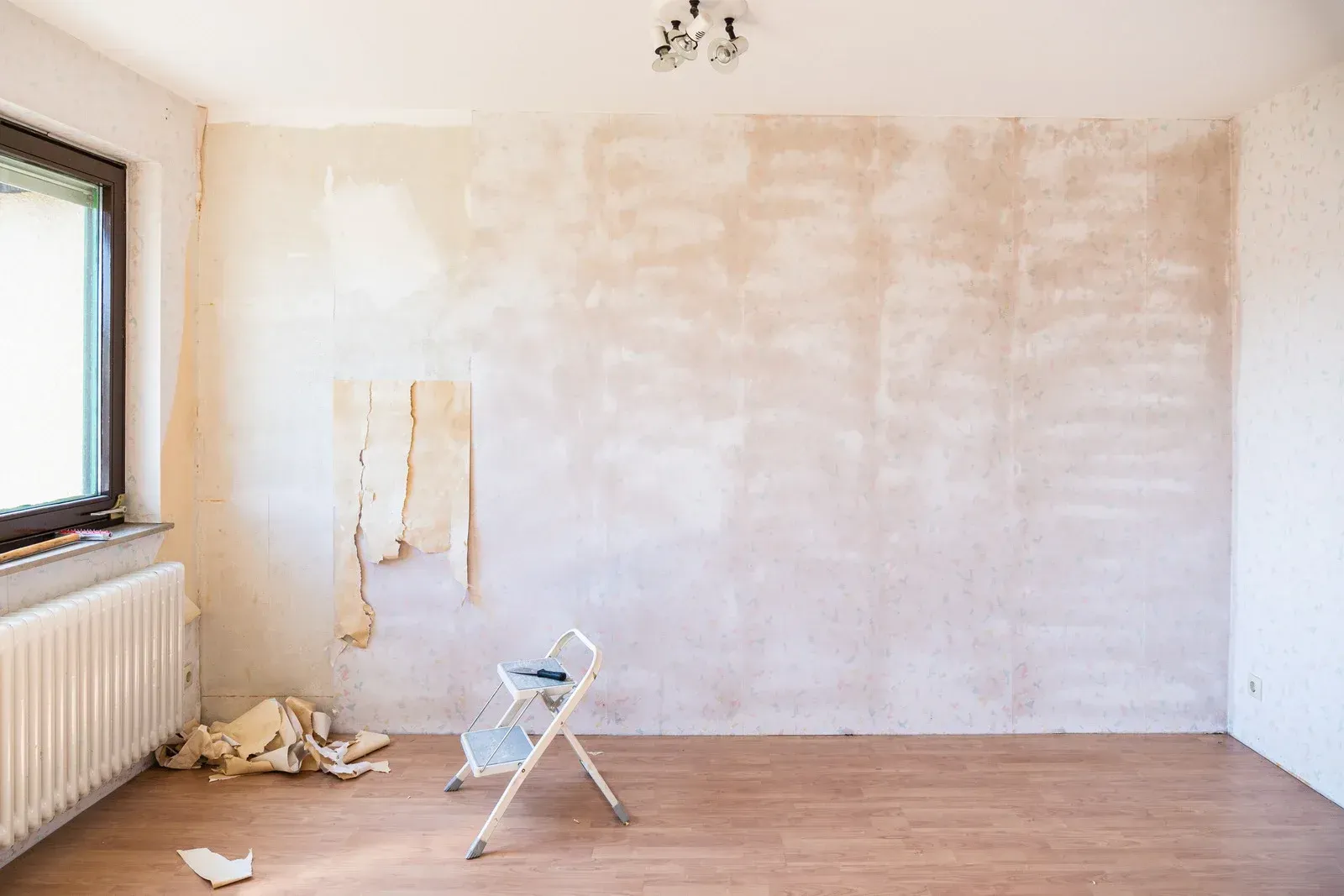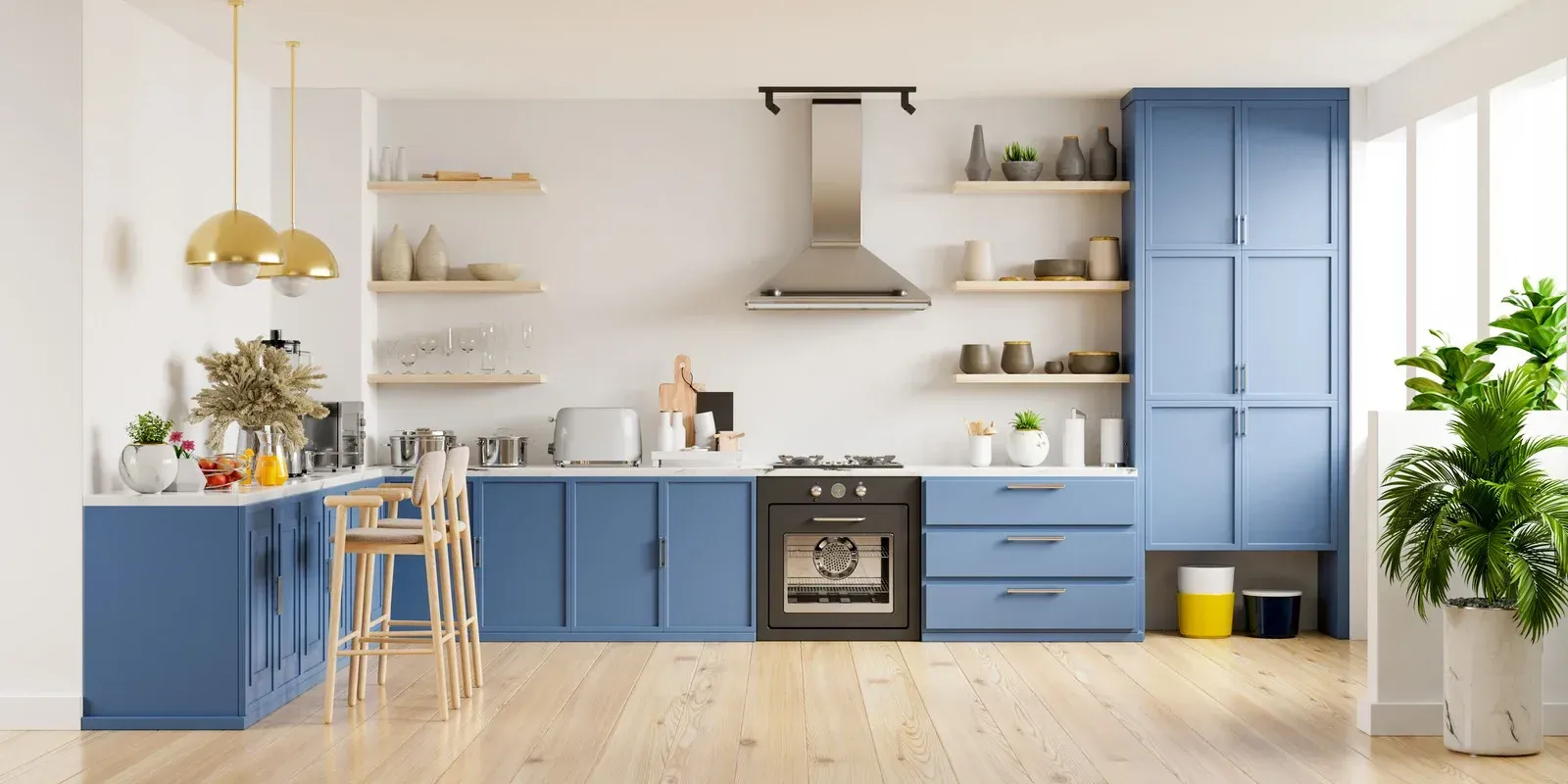Choosing the Right Paint Colors for Your Home's Interior
Picking paint colors for your home doesn’t have to be complicated. The colors you choose will shape the overall vibe of each room, influencing how you feel when you spend time there. A good paint color can completely transform a space, making it feel brighter, warmer, or even more spacious. With a bit of thought and planning, you can choose colors that reflect your style while creating the atmosphere you want in each room. Let’s break down some practical tips to help make the process smoother and easier.
Start with the Room’s Purpose
Before picking a color, think about how you use the room. For example, bedrooms usually need to feel calm and restful, so softer, lighter shades like blue or green tend to work well. In living or dining rooms, where people gather, warm colors like beige or soft yellow can create a cozy, welcoming atmosphere. When you choose a color that fits the room’s function, you’re more likely to enjoy how the space looks and feels every day.
Pay Attention to Room Size and Lighting
The size of the room and how much light it gets are also important. Smaller rooms usually feel more open with lighter colors, while darker shades can help larger rooms feel cozier. Light also affects how colors look. A room with lots of natural light can handle deeper or bolder colors, while a dimly lit room might need lighter tones to keep it from feeling too dark. Lighter colors help brighten rooms with less natural light, making them more inviting.
Go with Neutral Colors as a Safe Option
Neutral colors like white, gray, or beige are always a solid choice. They work well with nearly any style of furniture or decor. If you like adding colorful accents, like pillows or artwork, neutral walls provide a nice, simple backdrop. Neutrals are also flexible; if you like changing up your decor over time, neutral walls allow you to refresh the look without having to repaint.
Consider How Colors Flow Between Rooms
If you want your home to have a nice, connected feel, think about how the colors in one room transition to the next. Choosing a consistent color palette throughout the house makes it feel more unified and harmonious. For example, you can keep the hallways neutral and use complementary colors in the connecting rooms. If you’re a fan of bold colors, you can still use them; just try limiting them to accent walls or smaller areas to keep things balanced.
Test Paint Samples Before You Decide
A color that looks great on a small paint sample might look different once it’s on your walls. That’s why testing paint samples is a smart step. Grab a few small cans of the colors you like and paint small sections of your walls. Look at the colors throughout the day as the lighting changes. This helps you get a real feel for how the color will look in your space. It’s much easier to change a sample than to repaint an entire room.
By considering the purpose of each room, the size, and how much light it gets, you can narrow down your options. Neutral shades give you flexibility while testing samples and ensure you’ll love the final result. Take it one room at a time, and you’ll end up with a home that feels just right for you.











